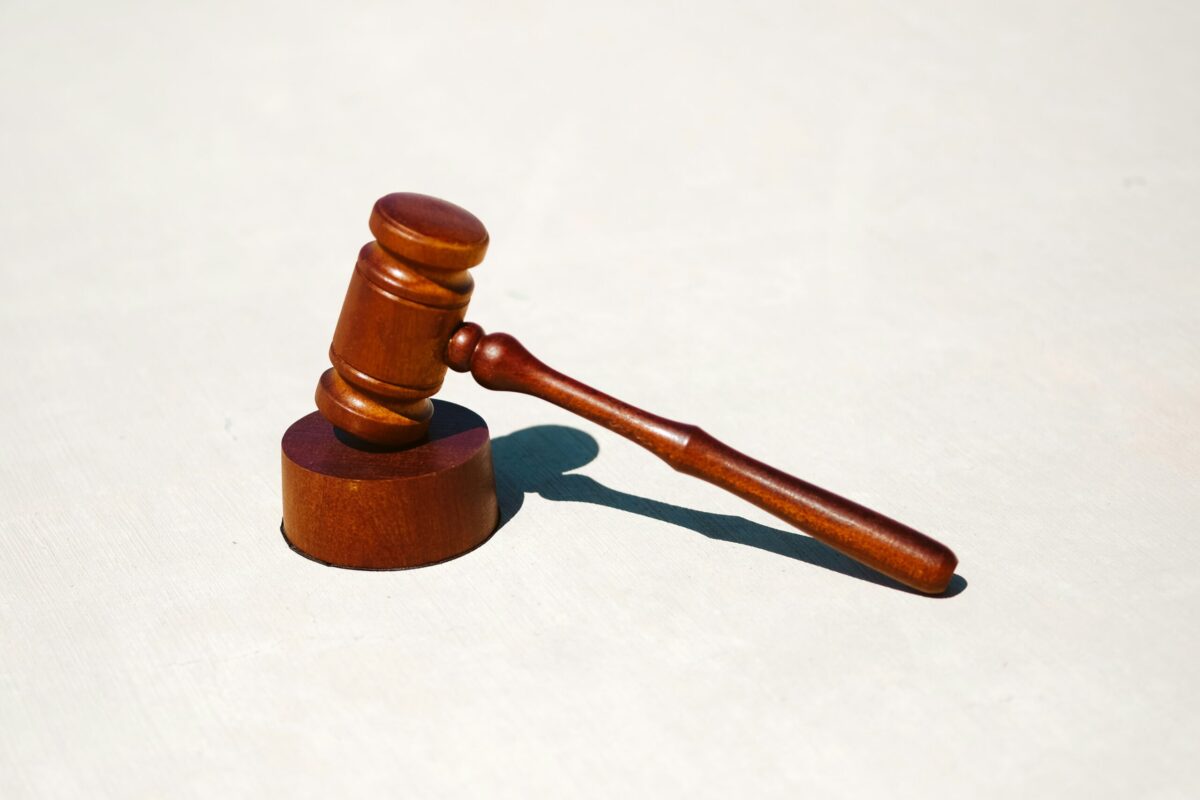A new report released by the European Union (EU) has exposed X (formerly Twitter) for leading in the list for having the highest ratio of disinformation posts of all large social media platforms.
With this, the EU has issued a warning to Elon Musk to make X comply with the new laws that is being introduced to counter fake news and Russian propaganda.
This is the first ever report recording posts that will be deemed illegal across the EU under the Digital Services Act (DSA), which came into force in August this year. It revealed that Facebook followed X in being a breeding ground for mis/disinformation.
However, tech giants like Facebook, Google, TikTok and Microsoft, have signed up to the Code of Practice laid out by the EU which would prepare them for the new laws.
X, on the other hand, has left the Code and is not a part of it. Nevertheless, the platform is required to comply with the rules under the new law. A failure to do so would result in its ban across the EU.
In a statement of warning to the business conglomerate, the European commissioner Věra Jourová, who is responsible for the implementation of the new anti-disinformation code said: “Mr Musk knows he is not off the hook by leaving the code of practice. There are obligations under the hard law. So my message for Twitter/X is you have to comply. We will be watching what you do.”
The latest report released today, 26 September, consists of the second set of individual reports on the implementation of the Code of Practice from major online platform signatories like Google, Meta, Microsoft and TikTok. It lays out the work that these platforms have done in the first six months of 2023 to prepare for compliance with the new law.
The report attests of the signatories’ efforts to provide further insight into their actions to fight disinformation. It has also reported on the potential of generative AI for creating and disseminating disinformation and their recent efforts to provide safeguards regarding new generative AI systems on their services. Along with this, the signatories have also included insights on their respective platforms’ actions to reduce disinformation surrounding Russia’s war in Ukraine.
For the first time, an initial set of Structural Indicators have been published, providing insight about disinformation on platforms’ services. For the same, the signatories selected an independent third party, TrustLab, to define and implement a methodology to measure two Structural Indicators for the pilot phase: Prevalence and Sources of Disinformation.
The TrustLab study also covered X, along with the platforms that were signatories to the Code at the time of the launch. Data derived from this revealed that Google prevented more than EUR 31 million in advertising from flowing to disinformation actors in the EU in the first half of 2023. It also served 20,441 political ads in the EU, while rejecting 141,823 political ads for failing the identity verification processes.
Meta, on the other hand, reported that over 40 million pieces of content received a fact checking label on Facebook and over 1.1 million on Instagram. It was noted that 95% of users encountering such content with a warning label choose not to click on it. The firm also expanded its fact-checking to 26 partners covering 22 languages in the EU, now also including Czech and Slovak.
According to Jourová, one of the advantages of disinformation is its easy predictability, making it easier for fact checkers to find. On Twitter, she said: “…disinformation actors were found to have significantly more followers than their non-disinformation counterparts and tend to have joined the platform more recently than non-disinformation users.”
The next set of reports are scheduled to be released in early 2024, consisting of information and data covering the second half of 2023. This would provide further insights on the Code’s implementation and how signatories are preparing and putting in place measures to reduce the spread of disinformation ahead of the 2024 EU elections.


